China paves the way for "farewell" to gasoline vehicles
As a capital with a large population and a dense traffic system, Beijing (China) pioneered the policy of banning gasoline-powered motorbikes since the 1980s. The Beijing government then continued to tighten regulations such as limiting new vehicle registration, raising emission standards and regulating the age of use...
During this process, Chinese policymakers have gradually tightened the use of motorbikes with many drastic measures such as stopping the issuance of new registration papers, banning vehicles from circulating on main roads...
Many localities in China have also imposed bans on out-of-town motorcycles, forcing people to use the vehicles only within the permitted area. Shenzhen was the pioneer city, banning fossil fuel-powered motorcycles since 2003, starting with a few routes and then expanding to the entire inner city.
Many bicycles and electric motorbikes stop at red lights (Photo: Caixin).
Beijing and Shanghai have also taken drastic measures, such as stopping the issuance of new license plates or raising motorcycle registration fees to very high levels. China’s overall strategy is a combination of gradual restrictions and severe penalties, even confiscation of vehicles for repeat offenders.
Since 2017, Beijing has also been one of the first localities to establish low emission zones (LEZs), restricting heavy trucks that do not meet China IV emission standards from entering the city center.
Not only big cities, some provinces like Hainan are also taking the lead when announcing that they will ban the sale of new gasoline-powered cars from 2030. According to Straits Times, this is considered a pioneering step to promote the transition to electric vehicles and new energy vehicles (NEV).
The Chinese government has also approved the 2021-2035 New Energy Vehicle Development Plan. According to the plan, by 2025, at least 20% of all vehicles sold must be electric or hybrid; this figure will increase to 40% by 2030, while average emissions per vehicle will be reduced by 25%.
To support the transition, China has rolled out a series of preferential policies such as tax exemptions, subsidies for electric vehicle purchases, investment in charging stations, battery production and renewable infrastructure. Localities are also encouraged to test gasoline-free zones if qualified, and then expand them nationwide.
Britain's green ambitions
In the UK, London is a pioneer in implementing policies to reduce emissions from transport. Since 2017, the city has applied a “T-Charge” to older vehicles that do not meet Euro 4 emission standards when entering the central area during rush hour.
Just two years later, in April 2019, this policy was replaced by the Ultra Low Emission Zone (ULEZ). Although it did not ban petrol cars outright, London implemented a strict charging system to limit polluting vehicles.
The ULEZ requires older vehicles, including most pre-2006 petrol and pre-2015 diesel cars, to pay a daily fee of around £12.50 to enter the zone. Failure to pay the fee will result in a hefty fine.
The main goal of the ULEZ is to gradually remove heavily polluting vehicles from the urban transport system. According to Transport for London, after 5 years of implementation, the concentration of NO2 - one of the substances seriously harmful to health - has decreased by 54% in central London. In addition, more than 85% of the vehicles on the road have been replaced by emission-compliant or electric vehicles.
The city of Oxford has also piloted a complete ban on petrol and diesel vehicles (Photo: Alamy Stock).
The reduction in the number of substandard vehicles has also resulted in a 31% reduction in PM2.5 concentrations. The ULEZ has provided incentives for both residents and businesses to switch to low-emission or electric vehicles. While there is some debate, particularly about the financial impact on low-income earners and small businesses, the environmental benefits are generally seen as a top priority.
Oxford City (UK) has also piloted a complete ban on gasoline-powered vehicles, including taxis and private cars, on six central streets from 2020.
From February 2022, this city will be the first place in the UK to implement a Zero Emission Zone (ZEZ), completely banning internal combustion engine vehicles from 7am to 7pm every day on nine central streets.
On a national scale, the UK Government has approved a roadmap to ban the sale of all new petrol and diesel cars from 2030. From 2035, all new cars sold in the UK must be zero-emission, including fully electric or hydrogen vehicles.
To realize this goal, the UK has issued the “ZEV Mandate” regulation, requiring car manufacturers to ensure that 80% of vehicles sold are zero-emission vehicles by 2030 and 100% by 2035. In addition, this country has also implemented a series of support policies such as investment in developing charging stations, tax incentives for green manufacturing enterprises and financial support for electric vehicle buyers.
Oslo (Norway) - The capital of trams
Oslo, the capital of Norway, has also begun phasing out petrol-powered private cars from its central area, while the city has invested heavily in public transport and cycling lanes.
Oslo stands out for its strong electric vehicle incentives and ambitions to become a completely zero-emission city. While there is no outright citywide ban on gasoline cars, incentives and restrictions have made electric vehicles an attractive option.
Electric cars are widely used in Norway (Photo: TU).
Specifically, Norway has issued a policy of exempting import tax on electric vehicles, not imposing value-added tax (VAT), exempting parking fees, allowing electric vehicles to enter bus lanes, reducing highway fees by 75%...
Thanks to these incentives, more than 80% of new cars sold in Oslo by 2023 will be electric. Many areas in the city center have also been converted into pedestrian zones or dedicated to bicycles and public transport, significantly reducing the presence of gasoline cars.
Other countries are not out of the race.
In Paris (France), since 2020, old diesel cars have also been banned from the city center. The city government aims to ban all personal vehicles using fossil fuels by 2030.
Paris also invested heavily in alternative infrastructure such as expanding pedestrian spaces and developing public transport systems. Thanks to that, by 2024, NO2 concentrations in the city center had dropped to their lowest level in 25 years, while PM10 fine dust also recorded a significant decrease.
Oslo has ambitions to become a city with absolutely no emissions from vehicles (Photo: East Asia).
The Spanish capital Madrid has also implemented similar measures to improve air quality. Since 2018, the city has established Low Emission Zones (LEZs), which restrict older petrol and diesel vehicles from entering the city centre.
Studies show that LEZs have significantly reduced traffic volume and emissions, while also encouraging people to switch to public transport, thereby significantly improving the urban environment.
Not left out of the global trend, Indonesia is also pushing for the vehicle transition. According to Energy Minister Arifin Tasrif, the country aims to only allow the sale of electric motorcycles from 2040 and electric cars from 2050.
The conversion is expected to reduce CO2 emissions from cars by 2.7 million tonnes and from motorcycles by 1.1 million tonnes. The Indonesian government is also rolling out financial support packages and incentives to encourage people to buy environmentally friendly vehicles.
In parallel with vehicle conversion, Indonesia also pledged to close all coal-fired power plants before 2056 to move towards carbon neutrality.
Source: https://dantri.com.vn/kinh-doanh/cam-xe-xang-vao-trung-tam-cac-nuoc-lam-the-nao-20250716135111877.htm


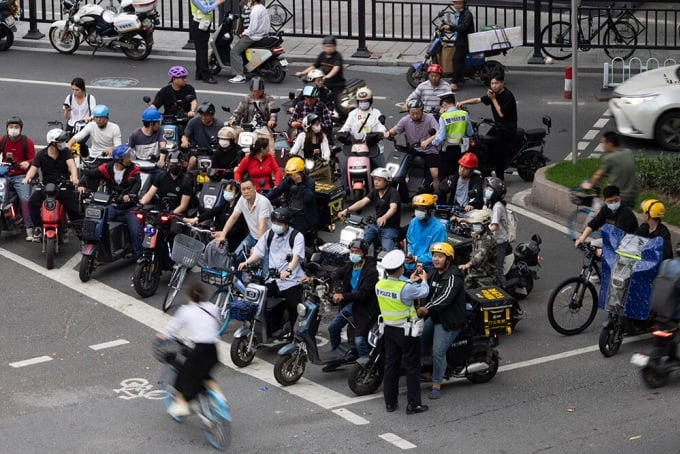
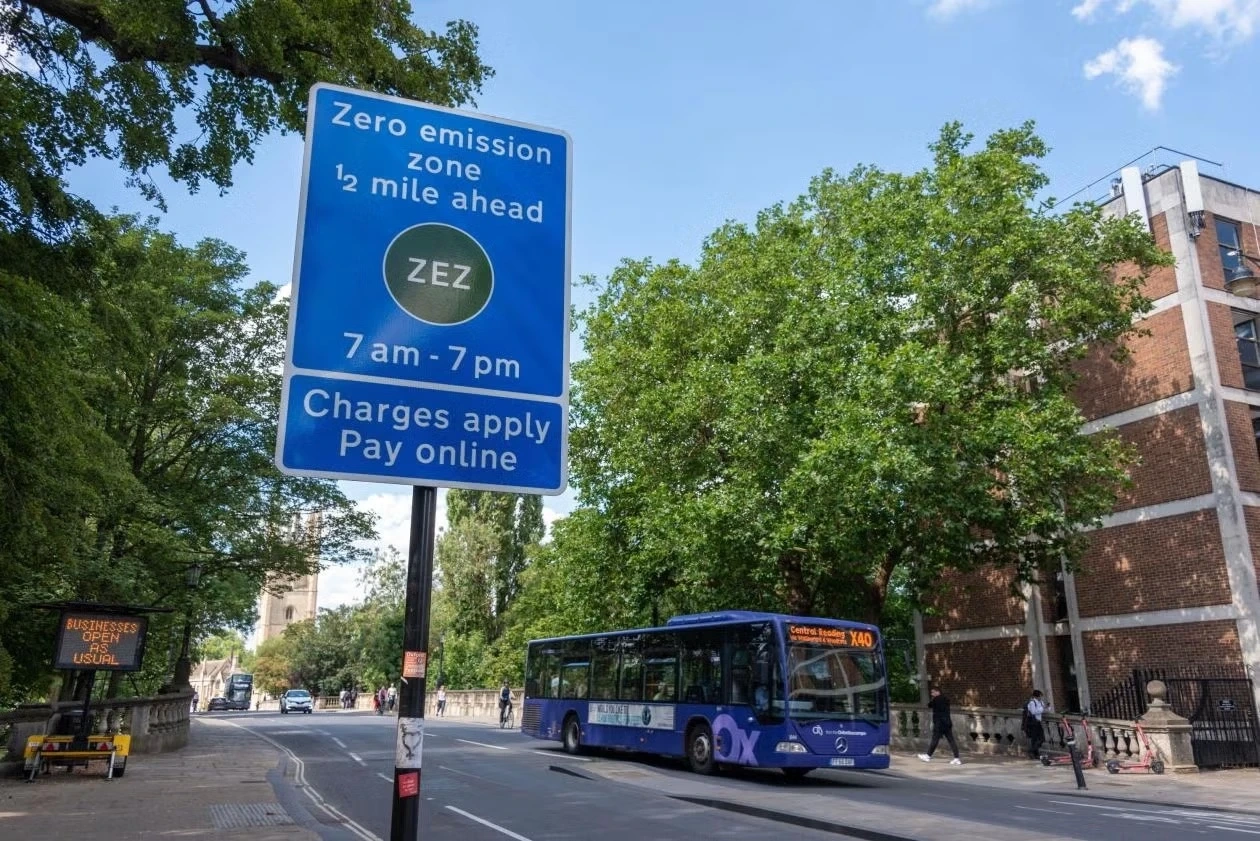
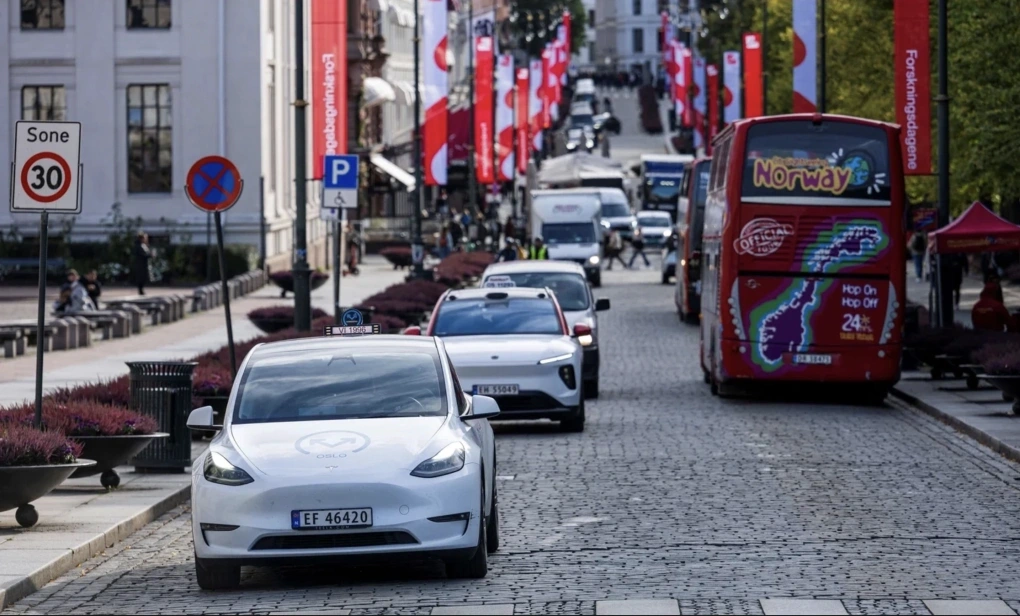
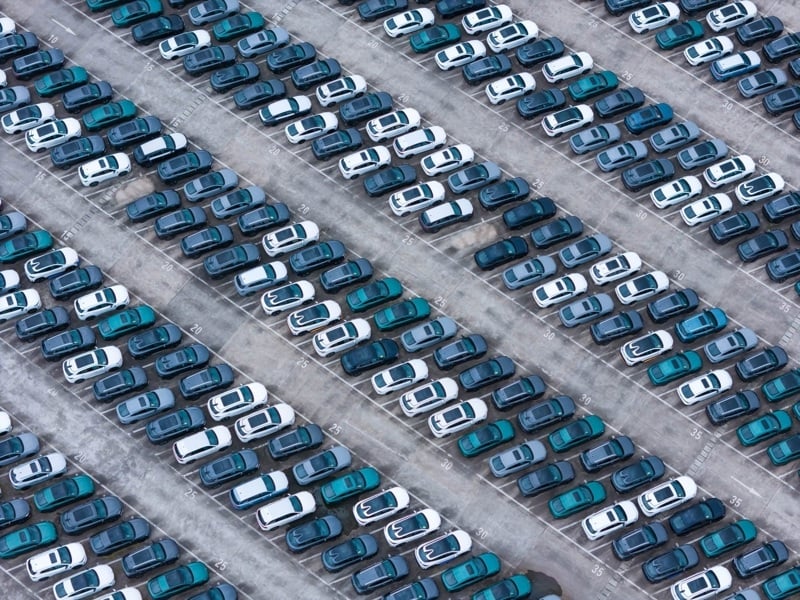




![[Photo] 60th Anniversary of the Founding of the Vietnam Association of Photographic Artists](/_next/image?url=https%3A%2F%2Fvphoto.vietnam.vn%2Fthumb%2F1200x675%2Fvietnam%2Fresource%2FIMAGE%2F2025%2F12%2F05%2F1764935864512_a1-bnd-0841-9740-jpg.webp&w=3840&q=75)
![[Photo] National Assembly Chairman Tran Thanh Man attends the VinFuture 2025 Award Ceremony](/_next/image?url=https%3A%2F%2Fvphoto.vietnam.vn%2Fthumb%2F1200x675%2Fvietnam%2Fresource%2FIMAGE%2F2025%2F12%2F05%2F1764951162416_2628509768338816493-6995-jpg.webp&w=3840&q=75)
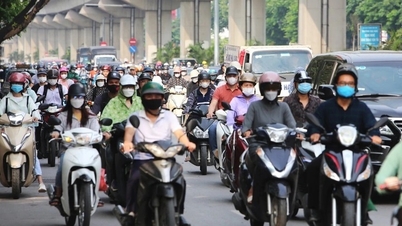



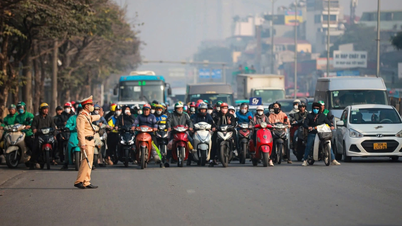




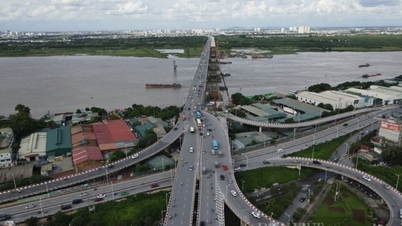



























































































Comment (0)